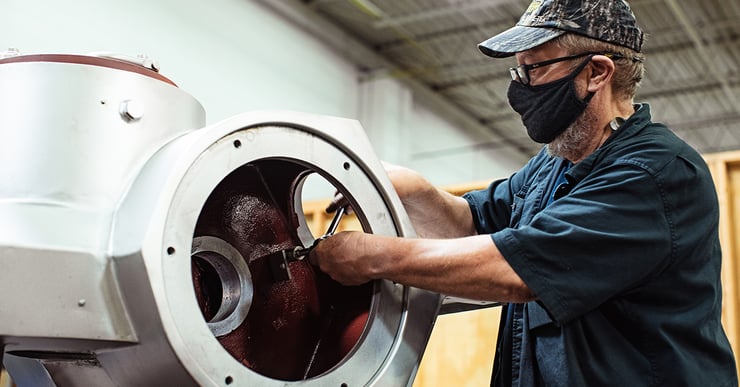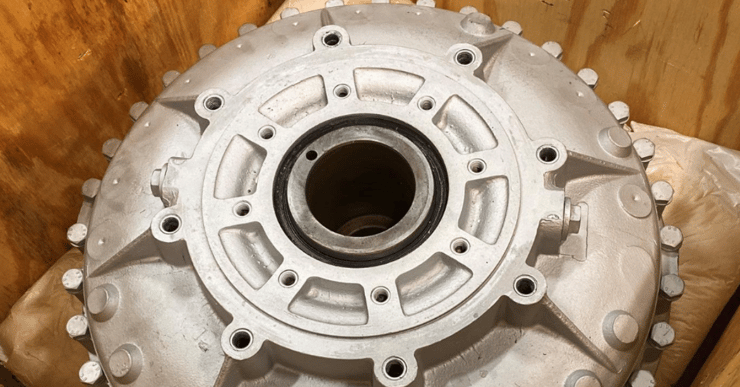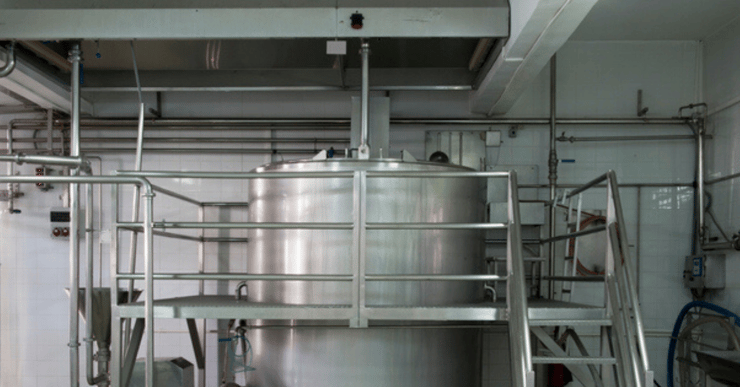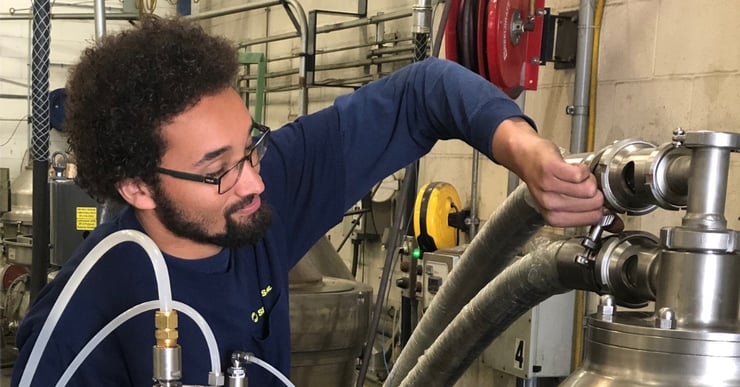Search Separators
What Every Dairy Centrifuge Owner Should Stock in Their Part Inventory
Your dairy separator goes down mid-shift. Production stops. You check the parts room, hoping you have what you need — but the shelf is empty. For dairy operations, unexpected downtime disrupts more than just your day. It impacts productivity, profitability, and your ability to meet customer commitments. With tight schedules and perishable products, even minor delays add up quickly.
However, by keeping a few essential components on hand, you can keep production moving when issues arise.
OEM vs Separators: Why Our Centrifuge Services Win Every Time
Downtime is an inevitable part of running a production facility — but fast, effective responses are what separate a minor setback from a major hit to your operation. And yet, many facility managers find themselves stuck relying on OEM service providers who just don’t move with the urgency the job demands. The delays. The inflexibility. The frustrating “one-size-fits-all” approach. Sound familiar?
At Separators, we hear this story all the time — and we’ve built our entire service model to do the exact opposite. Our approach delivers what OEMs can’t: reliable centrifuge service that keeps you running and sets you up for long-term success. Let’s break it down.
Implementing Automated Centrifuge Controls
Investing in automated centrifuge controls is a big step forward for any facility. But even the most advanced technology is only as effective as the people operating it.
In this post, we’ll explore how to effectively implement automation training that helps your team master centrifuge controls — from understanding the technology to hands-on learning.
Kevin Burns Tells All: Getting an MSD300 Dairy Centrifuge Online in 24 Hours
Recently, a large dairy plant experienced the nightmare scenario of a catastrophic failure when the bowl cracked on one of their plant’s MSD300 centrifuges.
Skip the Workarounds: How to Optimize Your Production Process
All too often, issues with a centrifuge’s separation process aren’t related to the centrifuge itself. Instead, the culprit is often found within other areas of the production line.
When it comes to troubleshooting and diagnosing a process problem, many technicians look to the centrifuge first — but this is a common mistake, as it’s not the most efficient or effective way to go about fixing your problem.
10 Real Life Examples of Centripetal Force in Action
Whether or not you’ve ever heard of centripetal force before, you’ve definitely seen it in action, and even felt it in your entire body.
In fact, you’re probably using centripetal force more often than you realize. Even some of your home appliances help you use it for everyday tasks (more on that later).
How Repairing Centripetal Pumps Saved $15,000
Sometimes, something as simple as a plant visit can save a facility well over $15,000. Here’s how it happened.
6 Benefits of Converting Your Clutch-Driven Centrifuge to Direct Drive
Is your centrifuge currently driven by a fluid or friction clutch? While clutch-driven centrifuges used to be the standard, those days have come and gone. Now, direct drive systems are what everyone wants. They provide numerous benefits, which I’ll cover below.
Understanding the Various Components of Your Separation Process
When it comes to getting the most out of your centrifuge, a great place to start is by taking an honest look at your separation process. Centrifugal separation is complex, to say the least. Every process differs based on countless variables all working together. Still, when you break things down to their simplest forms, you’ll find that separation processes as a whole all depends on similar variables.
5 Ways Separators Helps with Separation Process Optimization
By servicing centrifuge equipment all across the United States, we’ve come to know these machines really well. After all, Separators is the largest independent centrifuge service provider in the U.S. We work on (and remanufacture) machines from all the major OEMs and we’ve developed an expertise that allows us to help customers — and facilities — operate at peak efficiency.







.jpg?width=740&name=Sep-Pump-Blog-Image%20(1).jpg)


